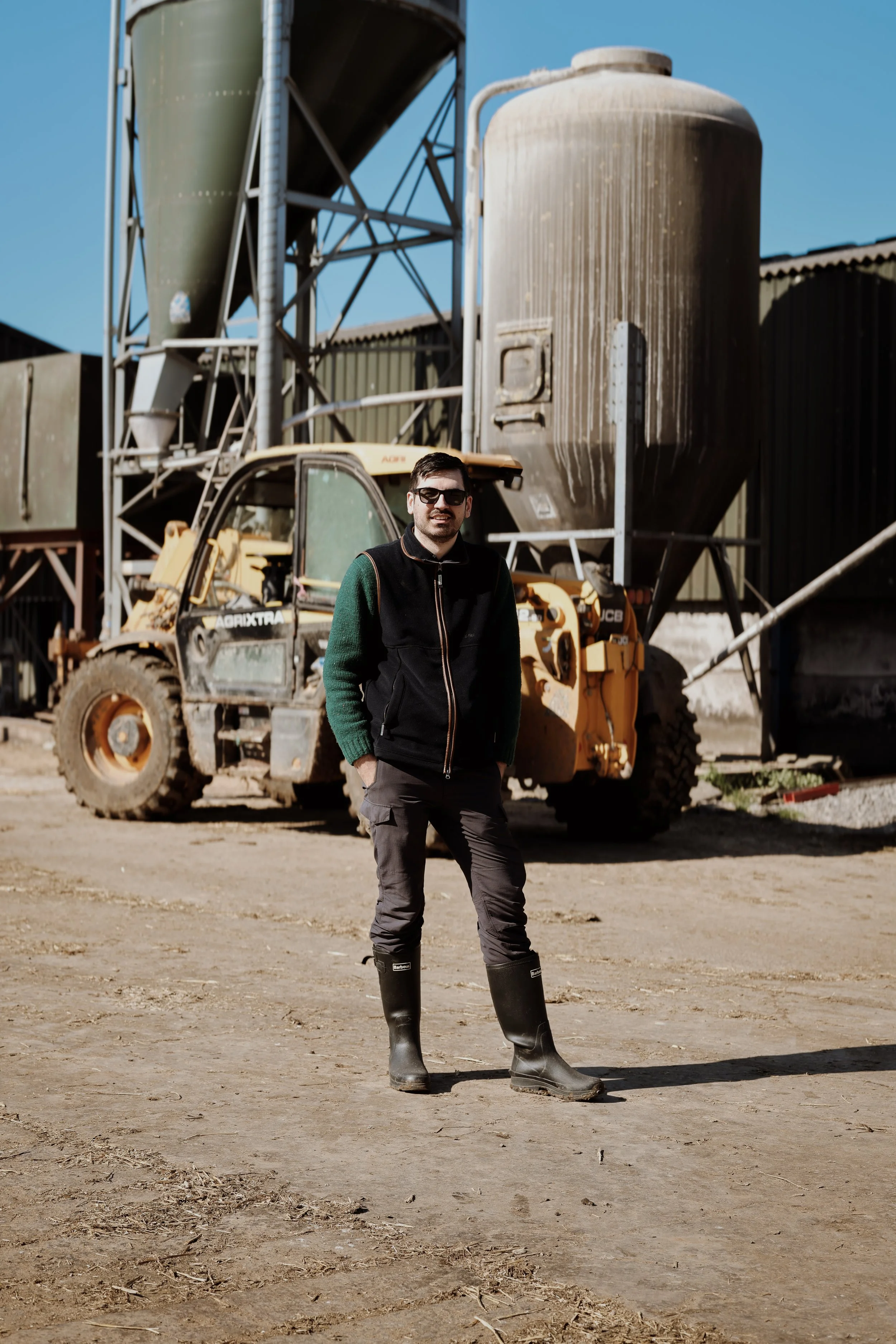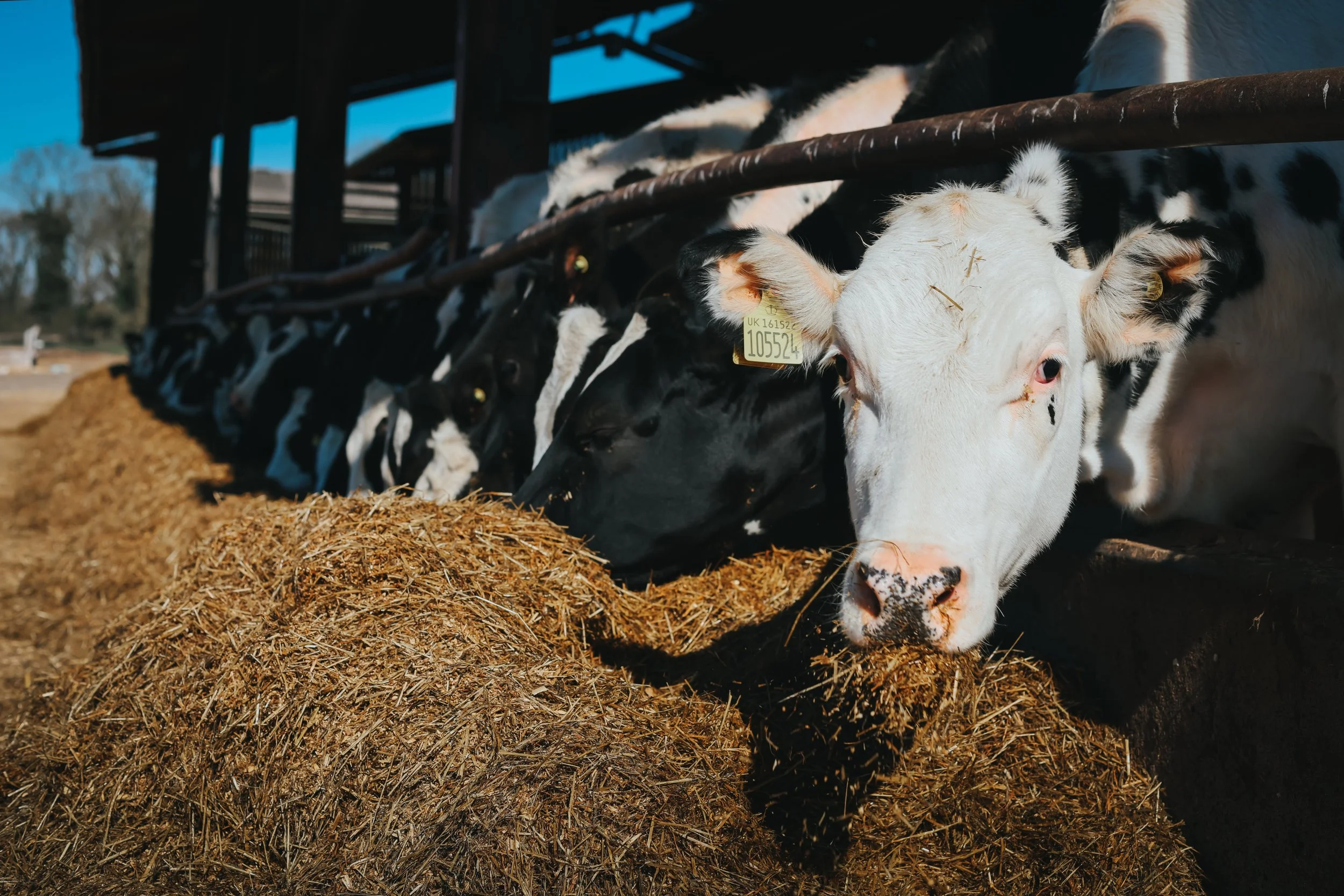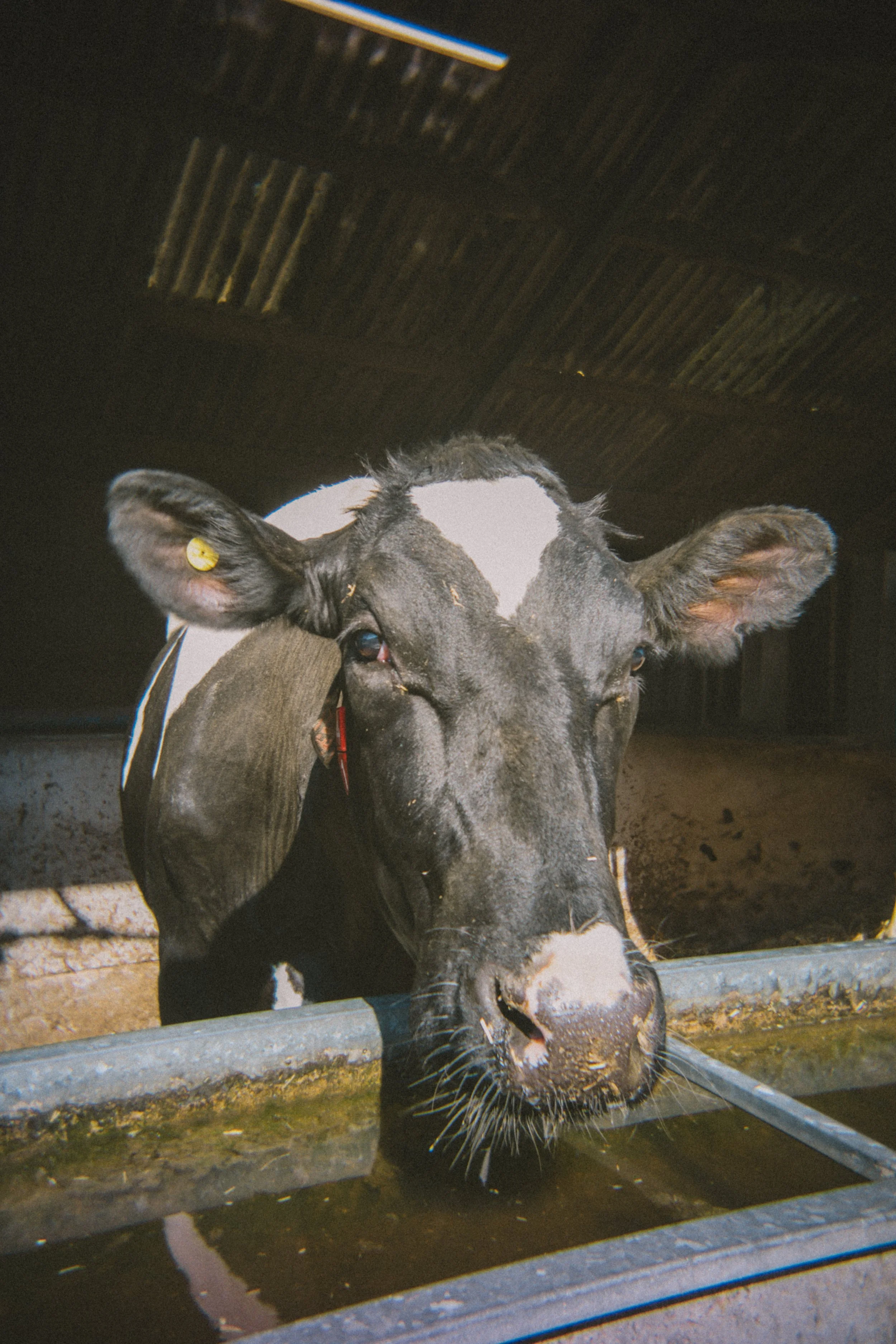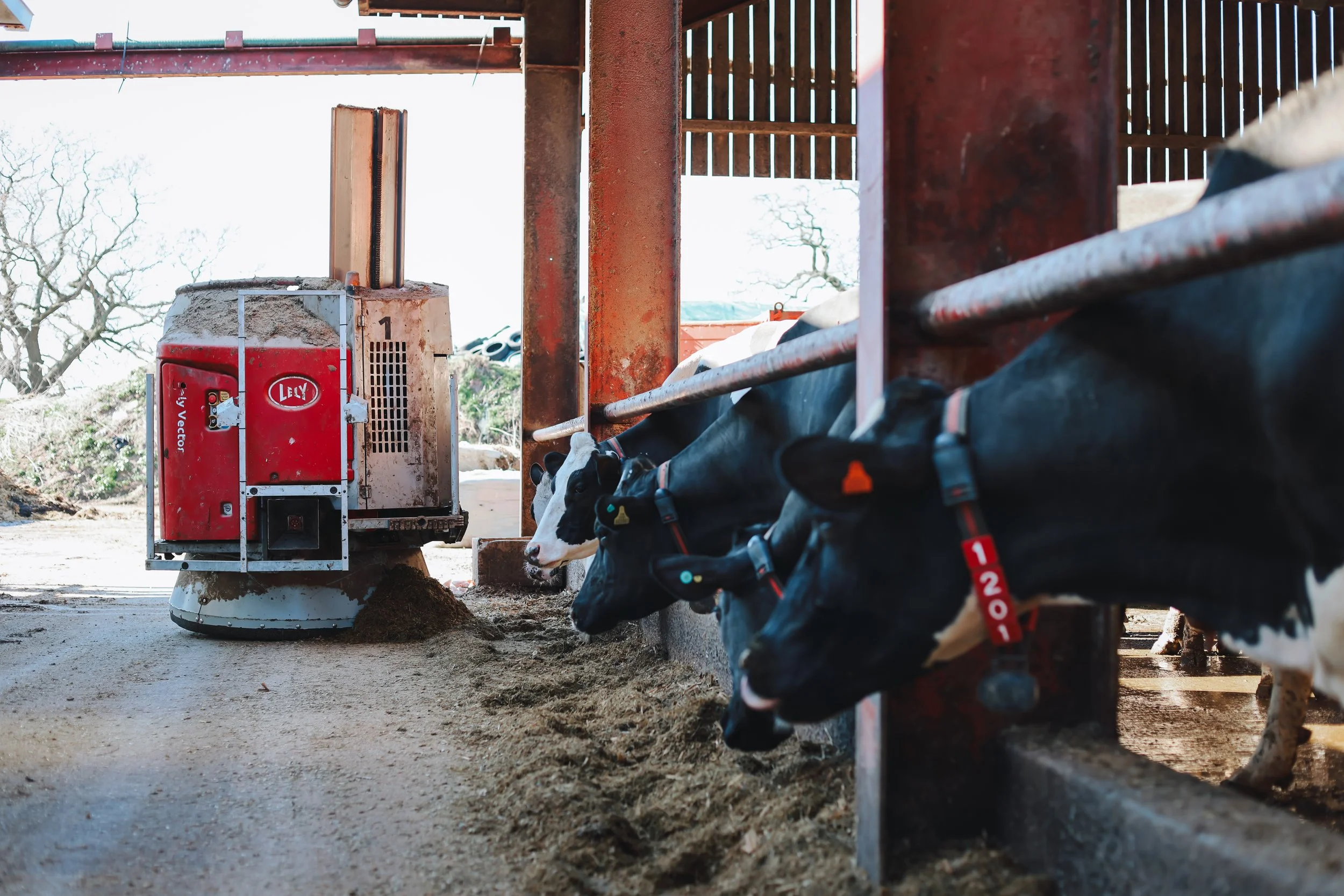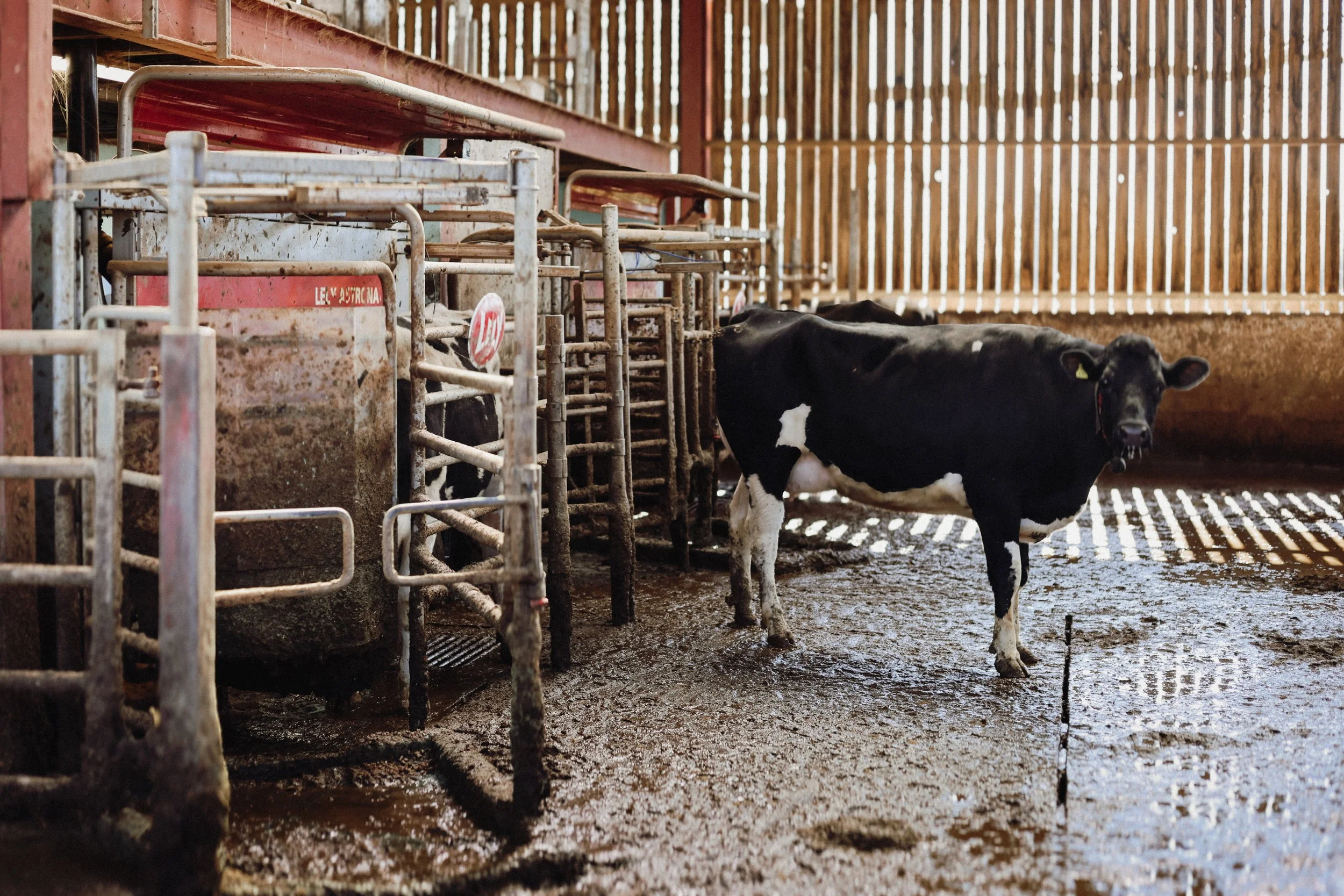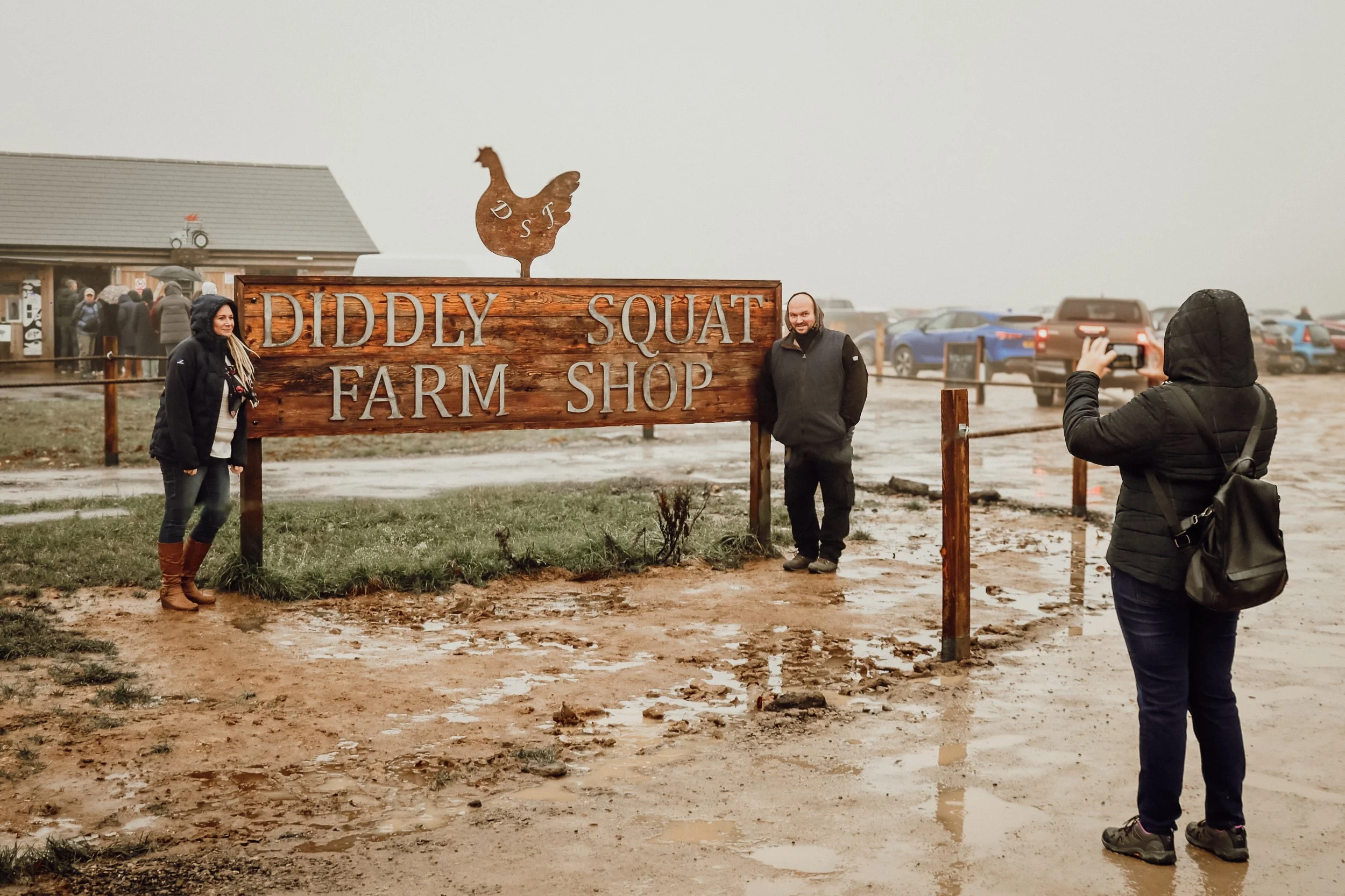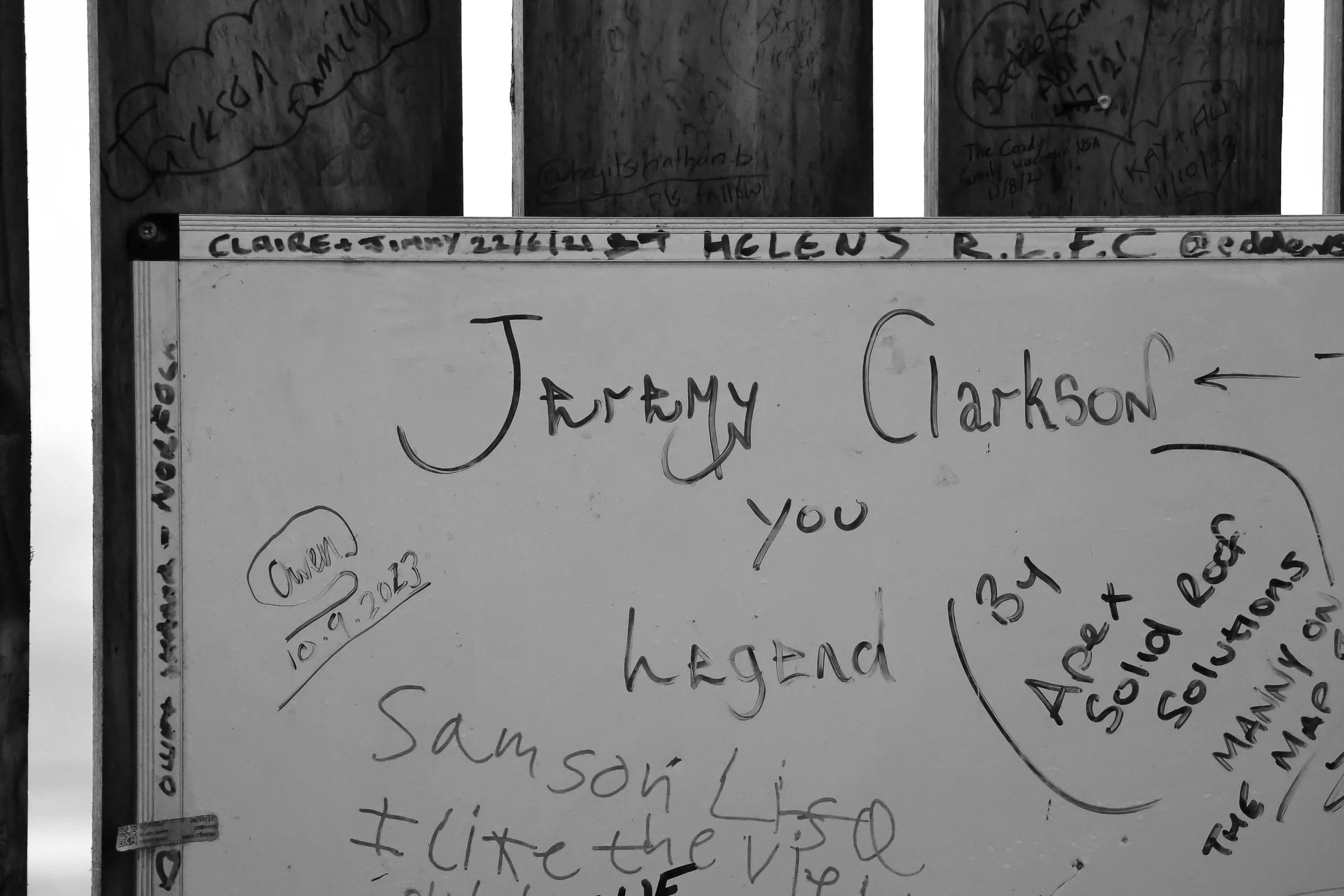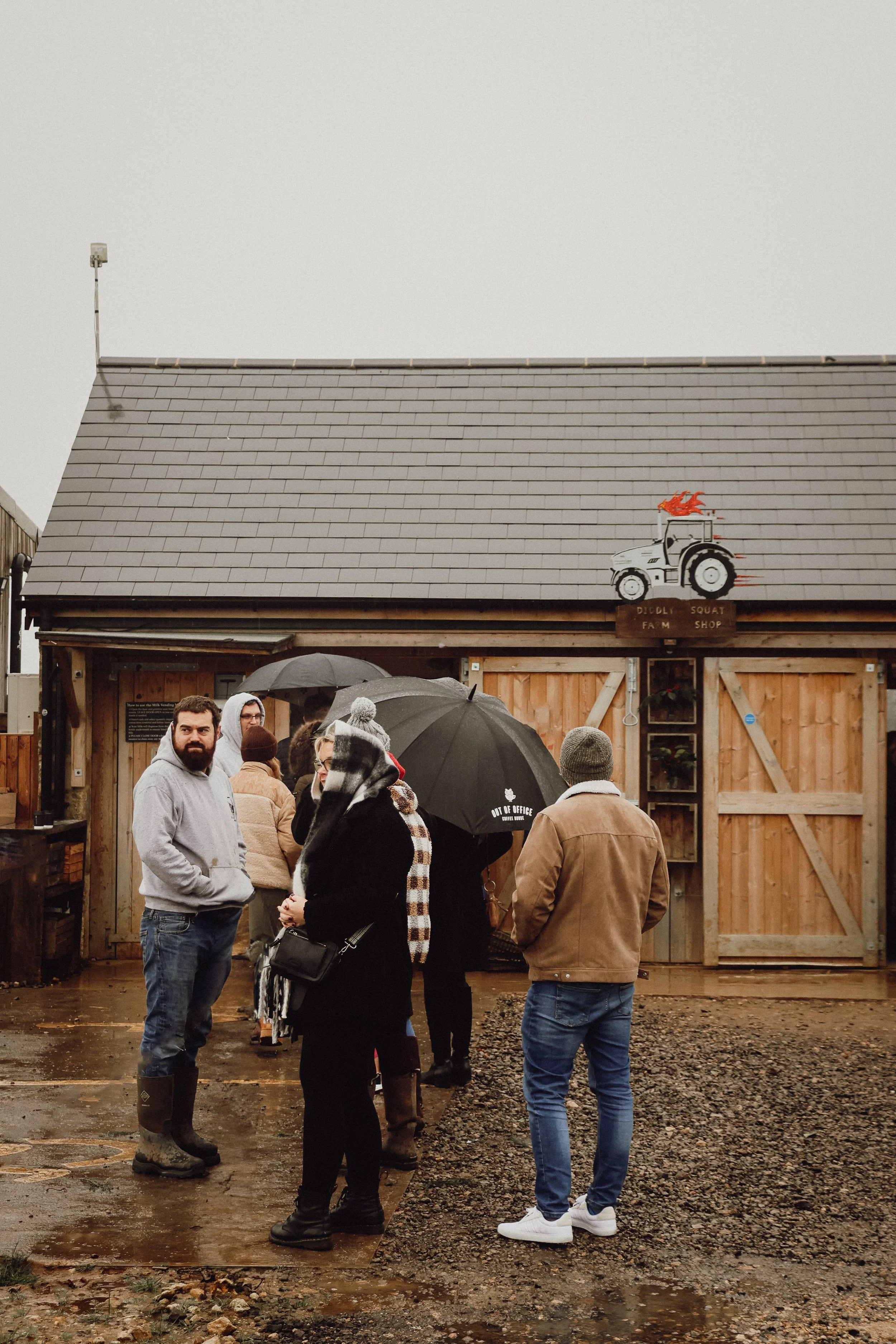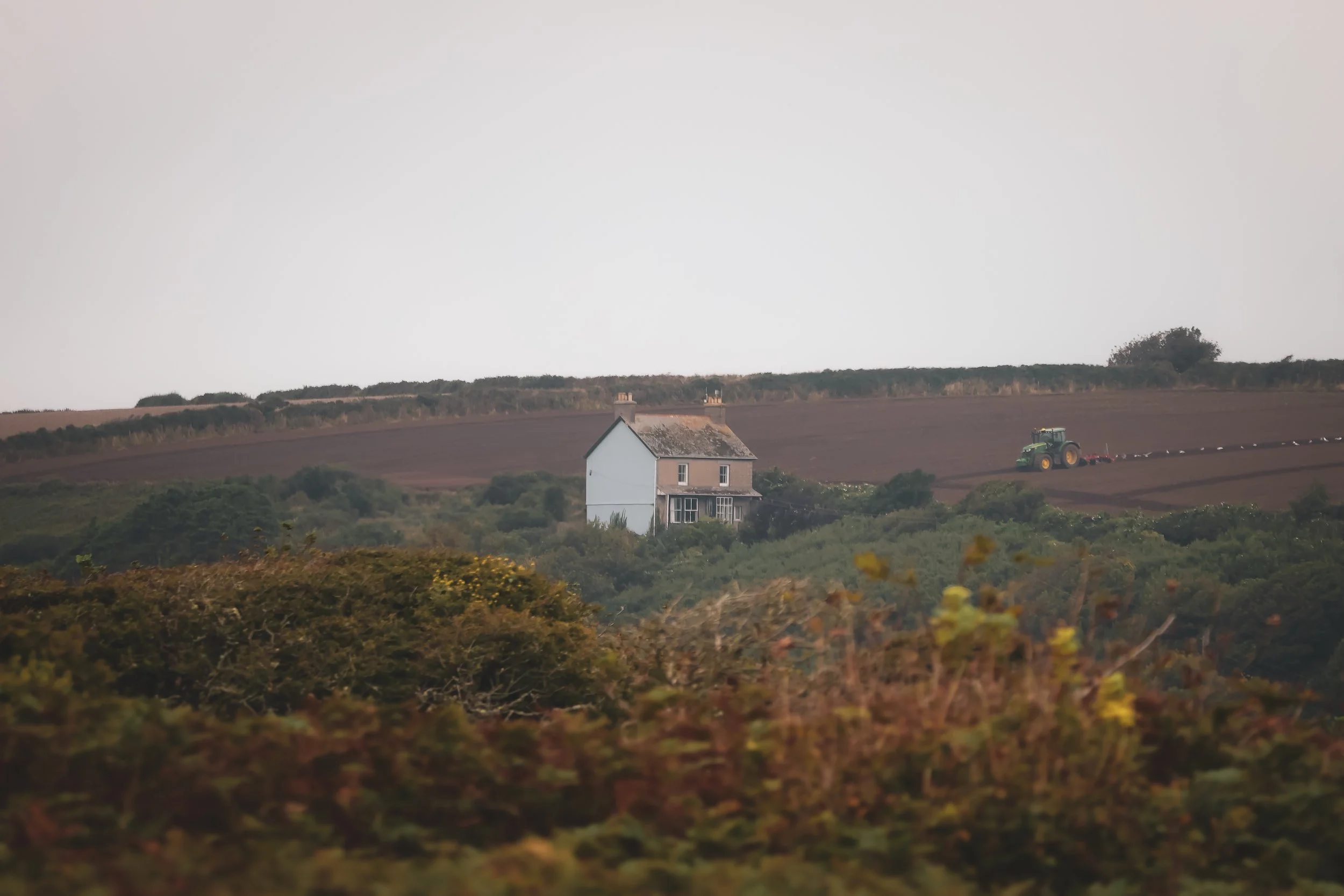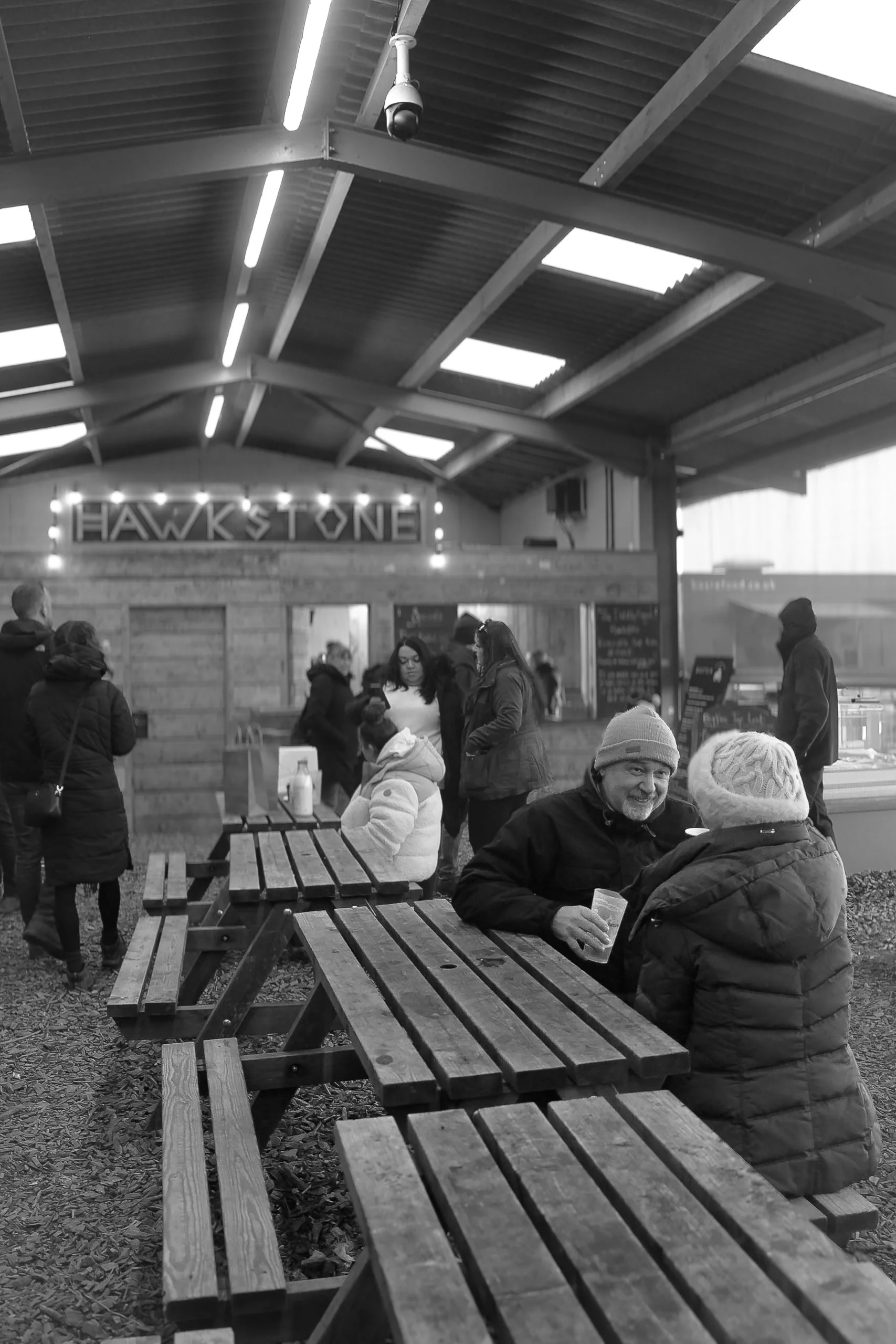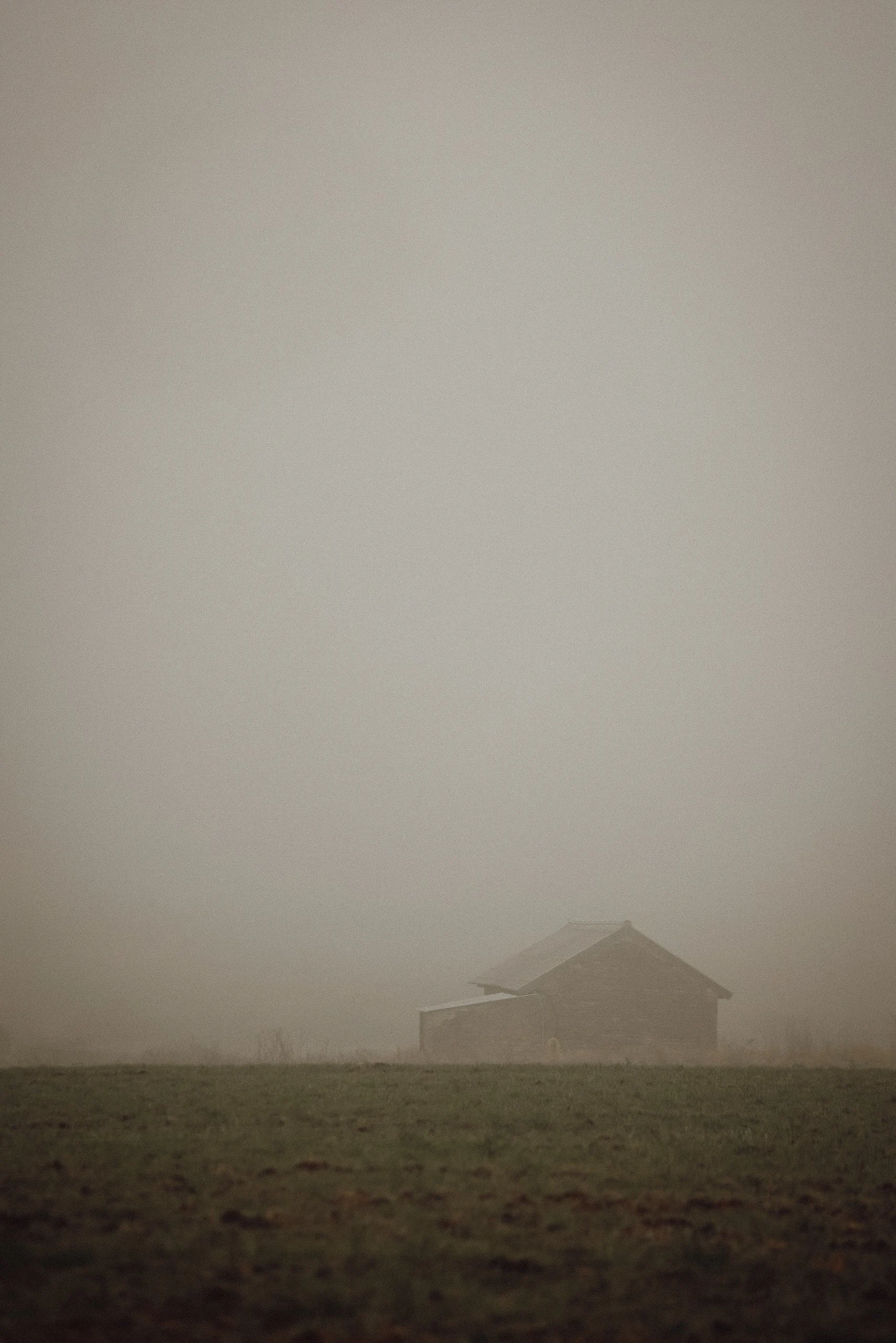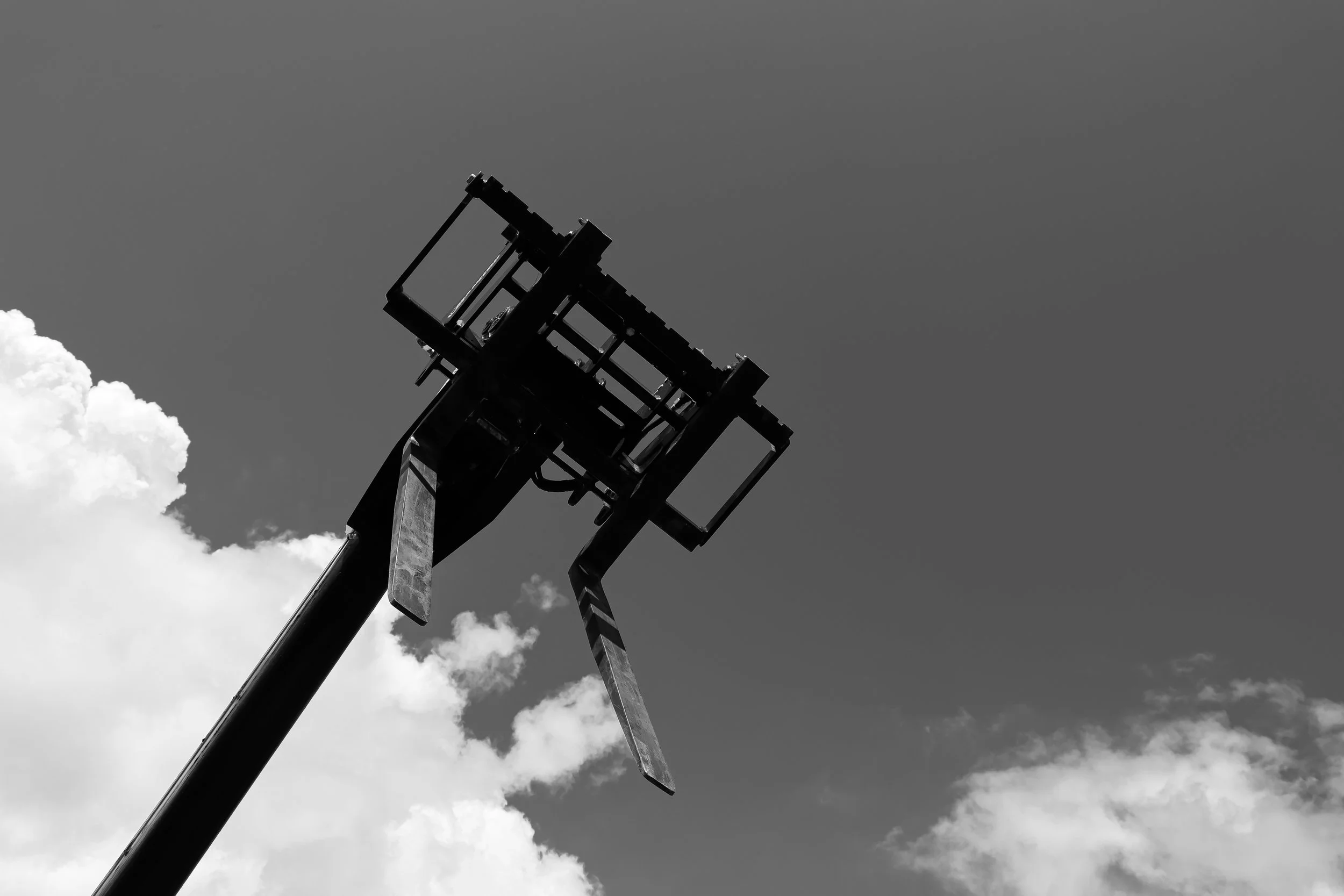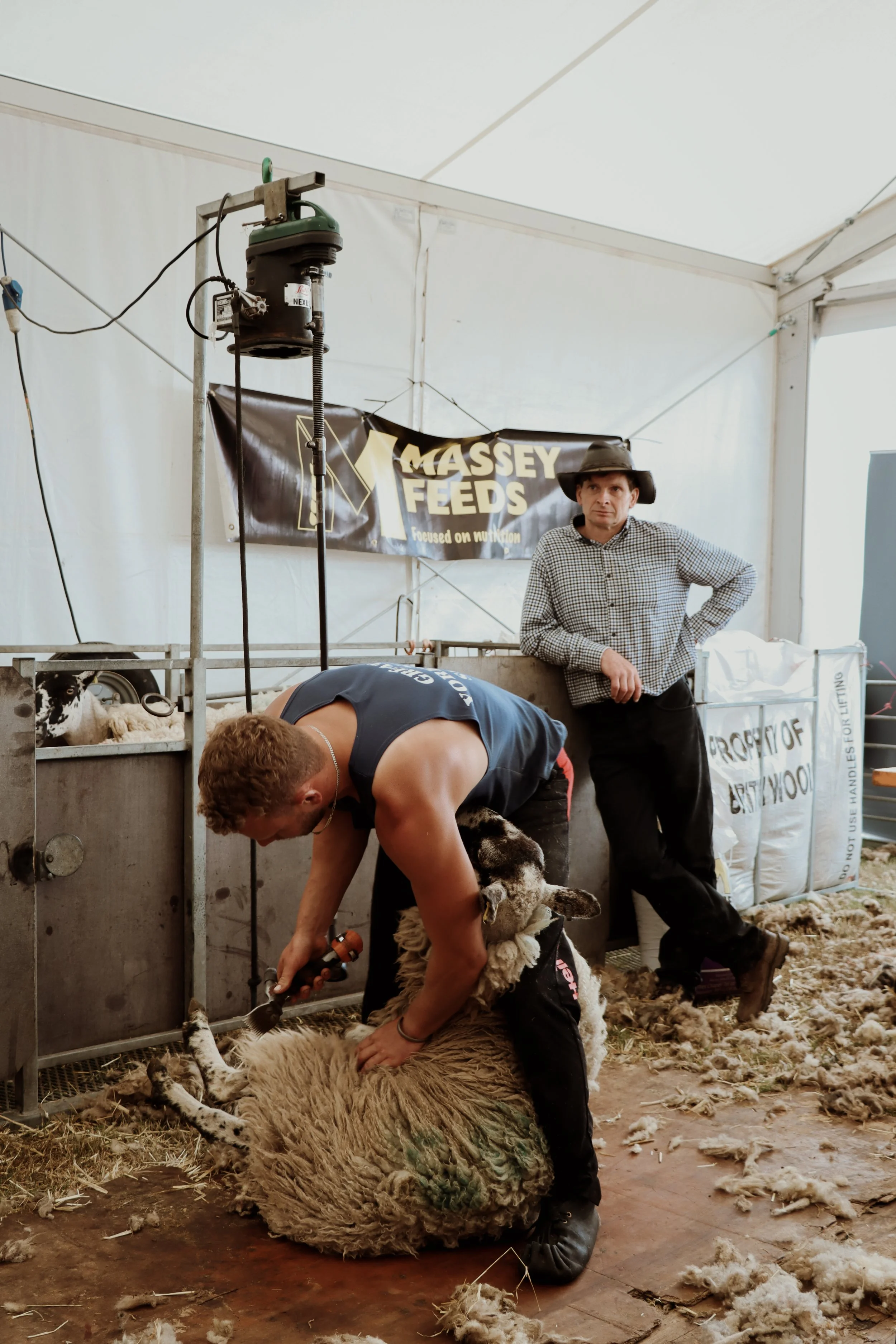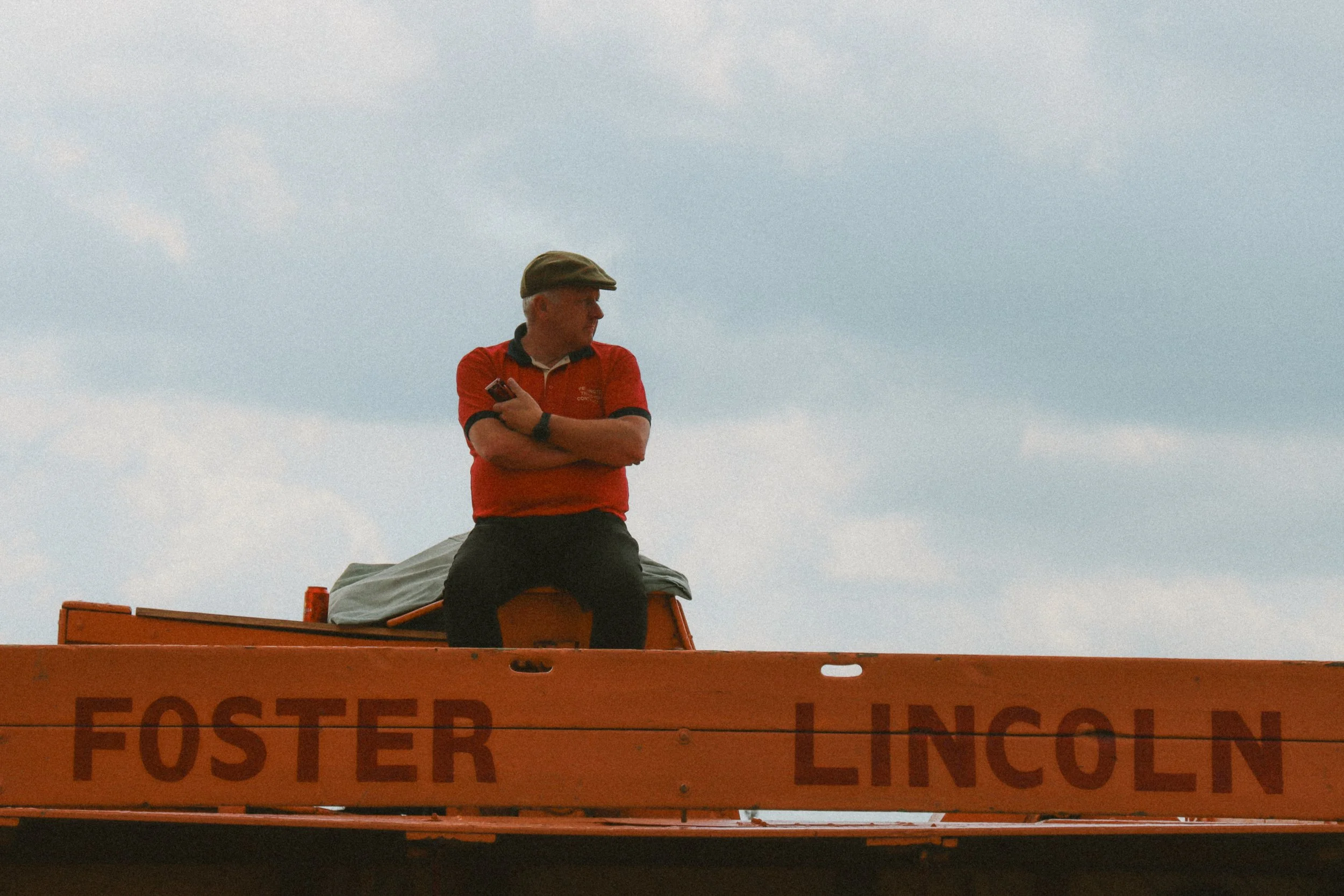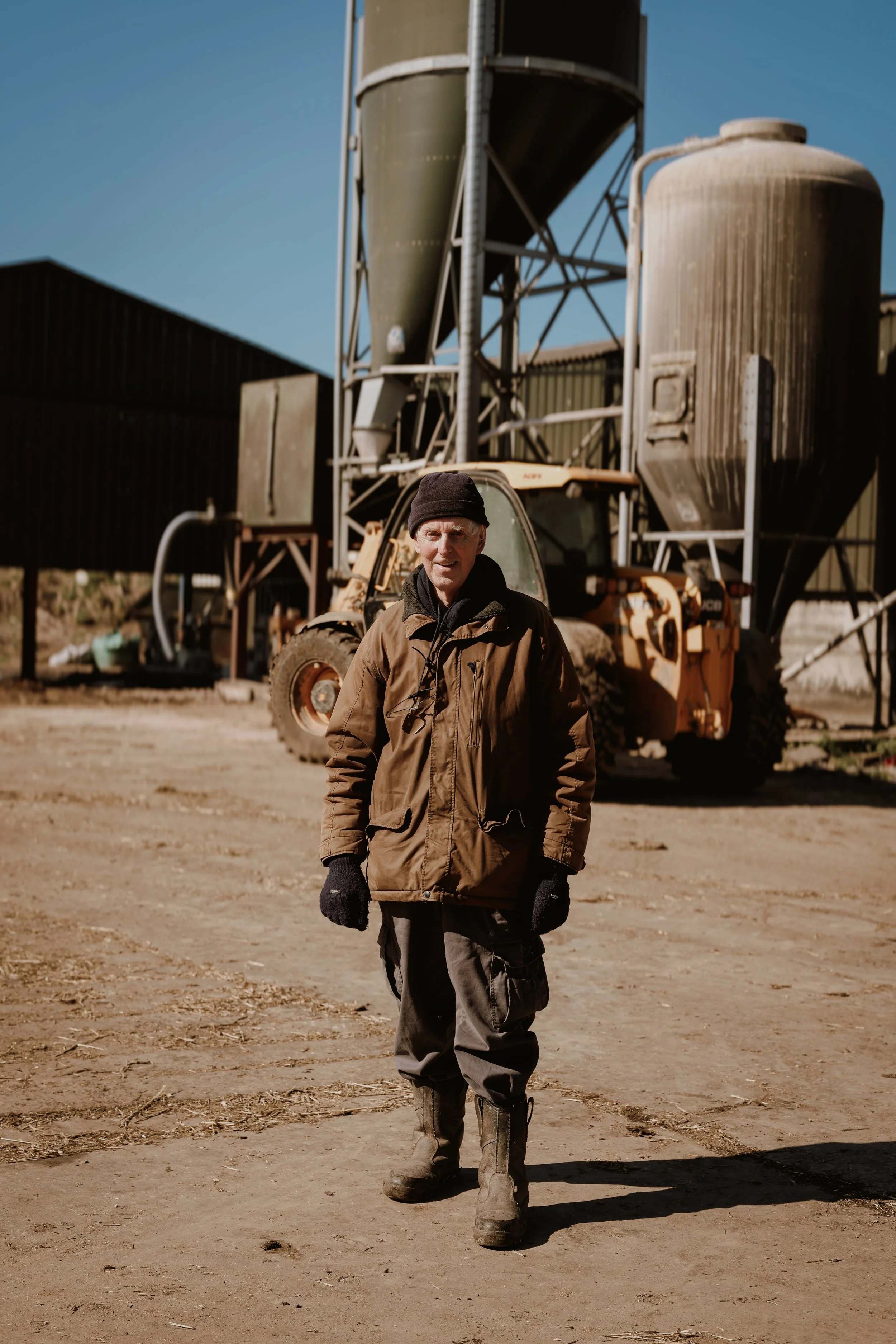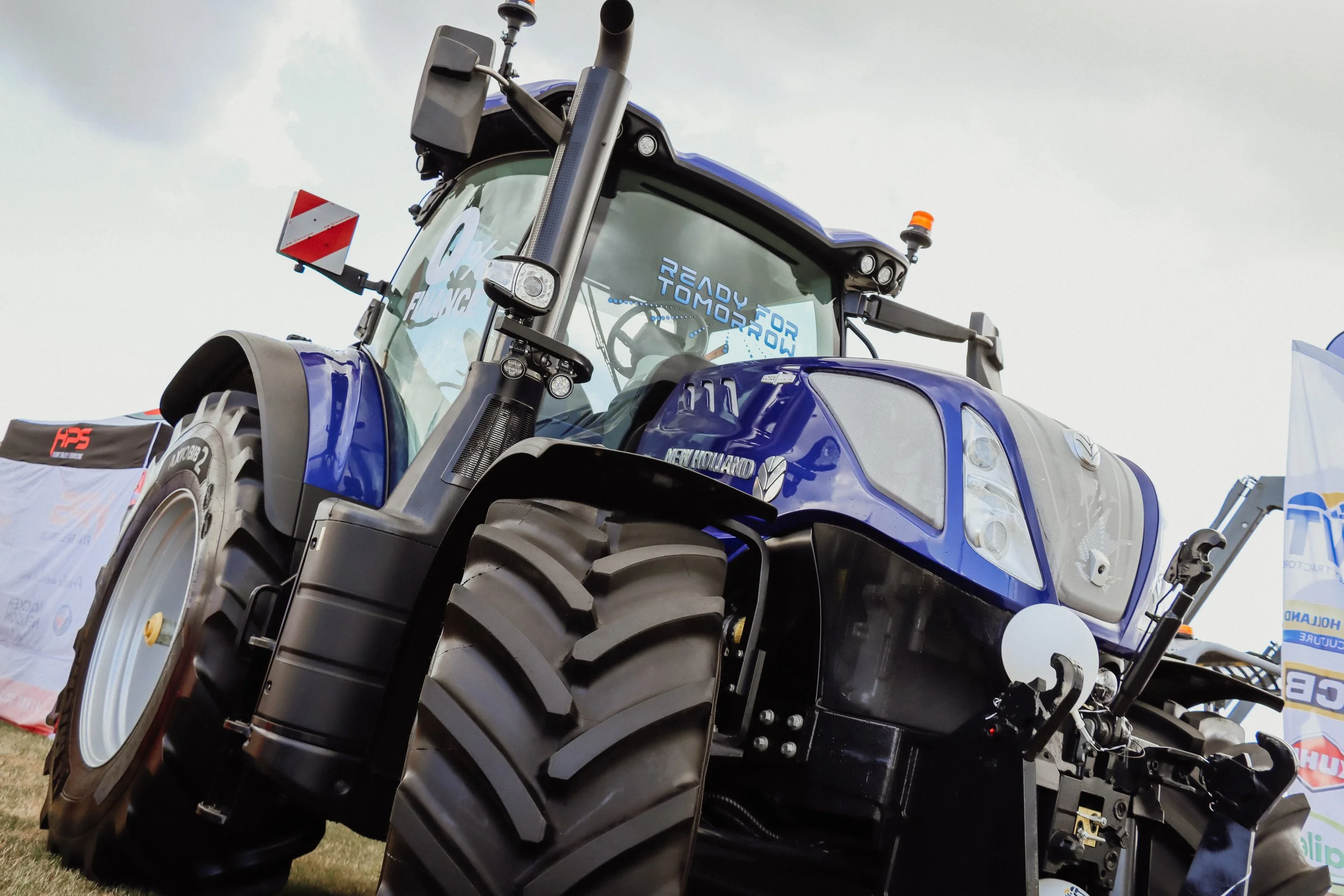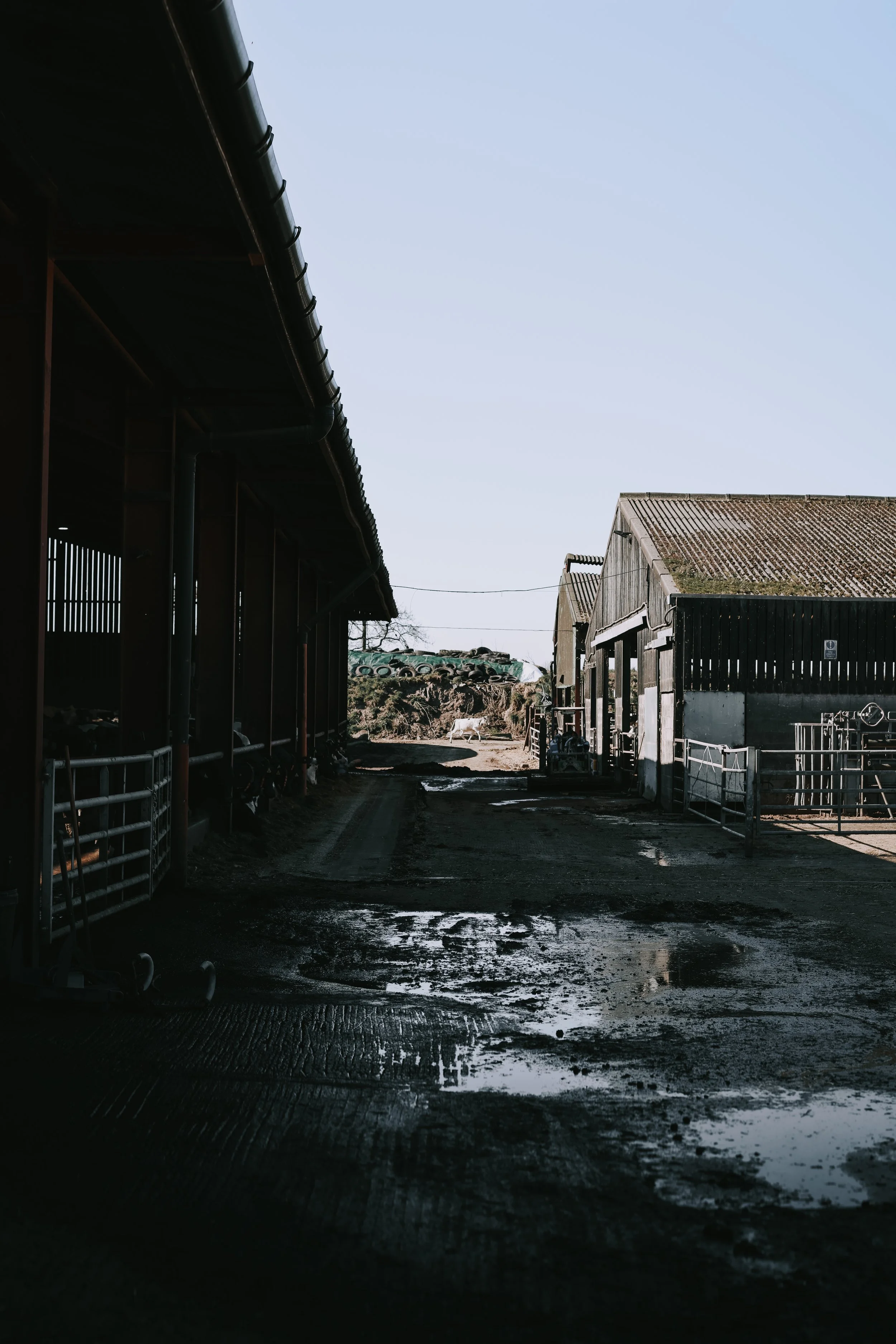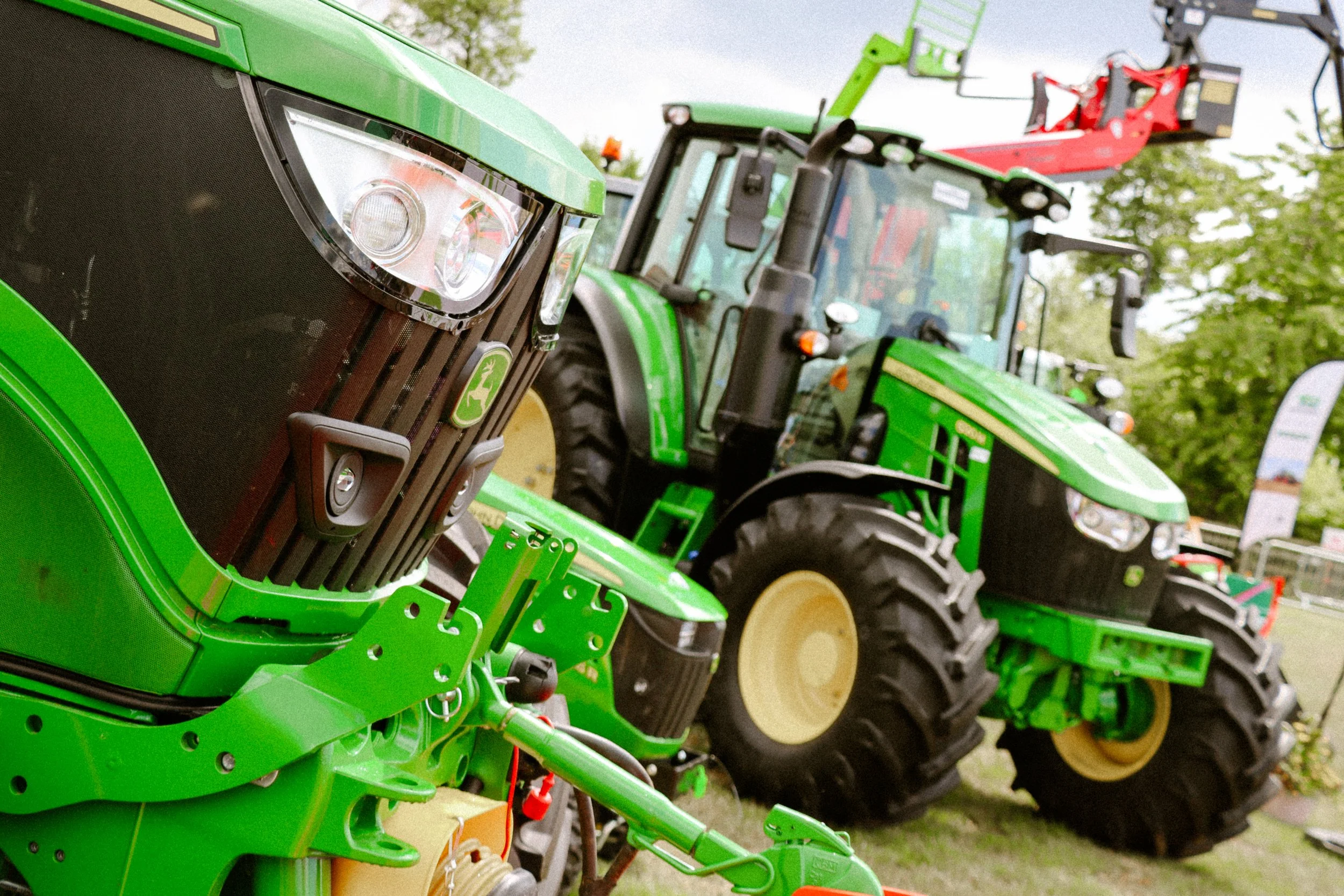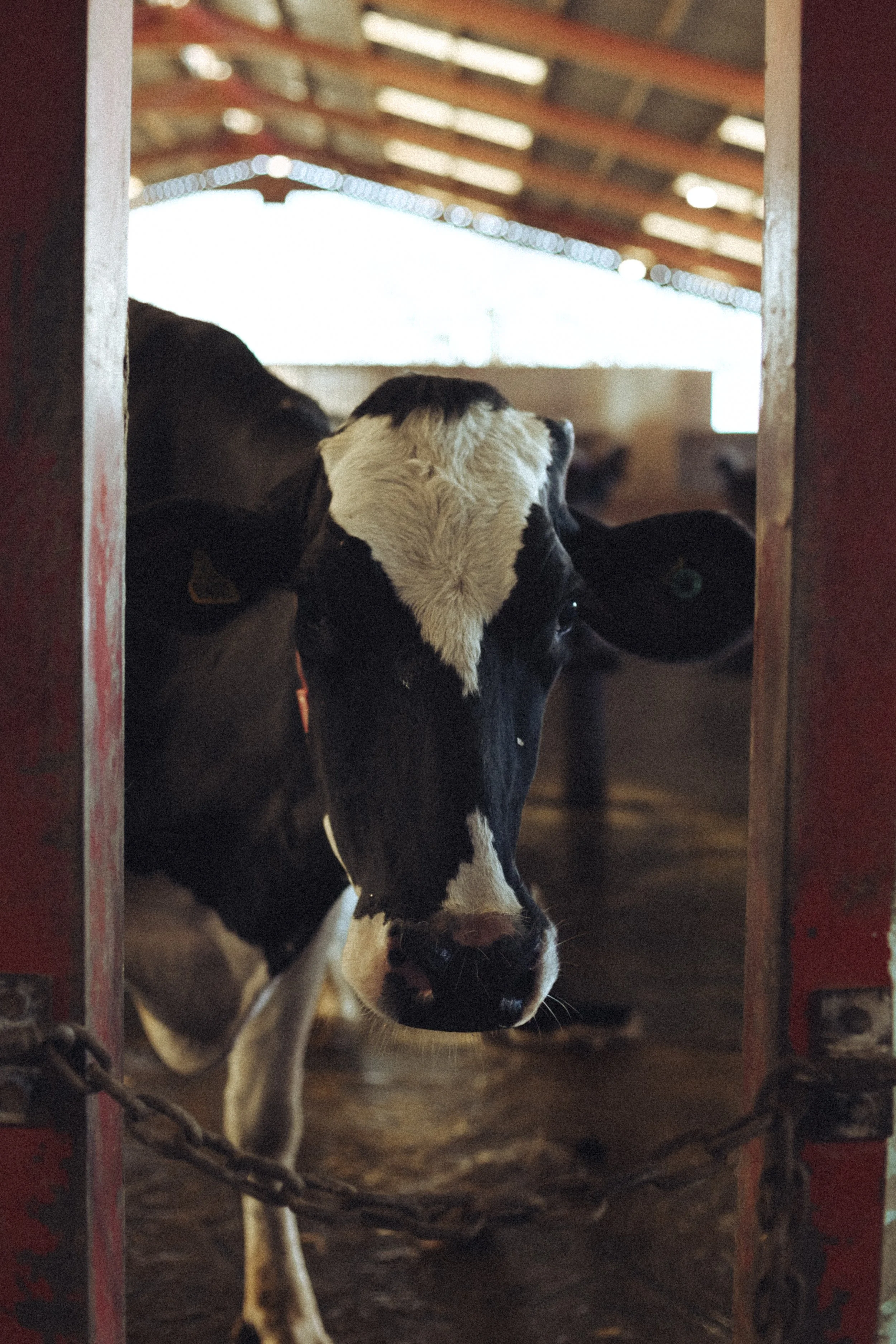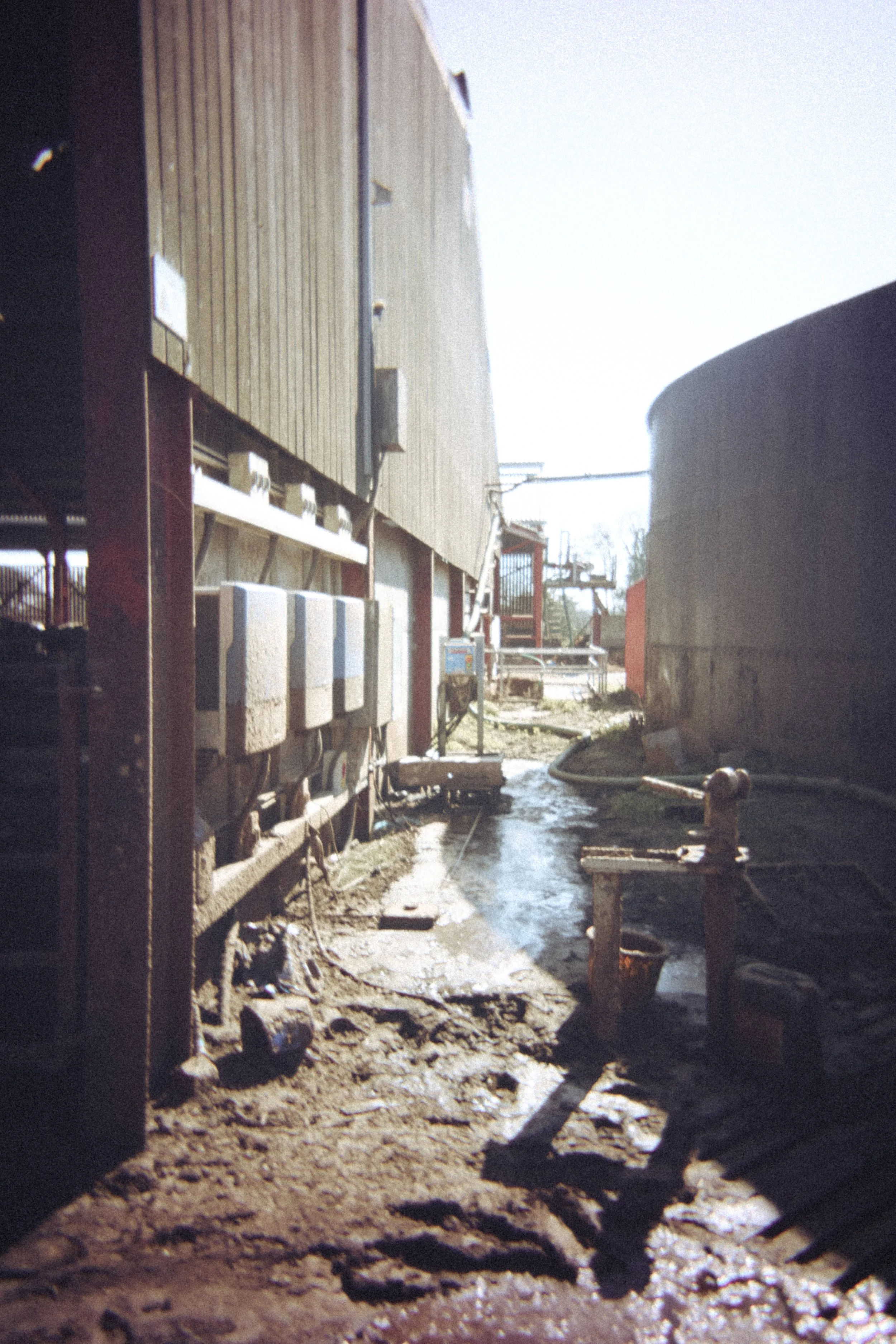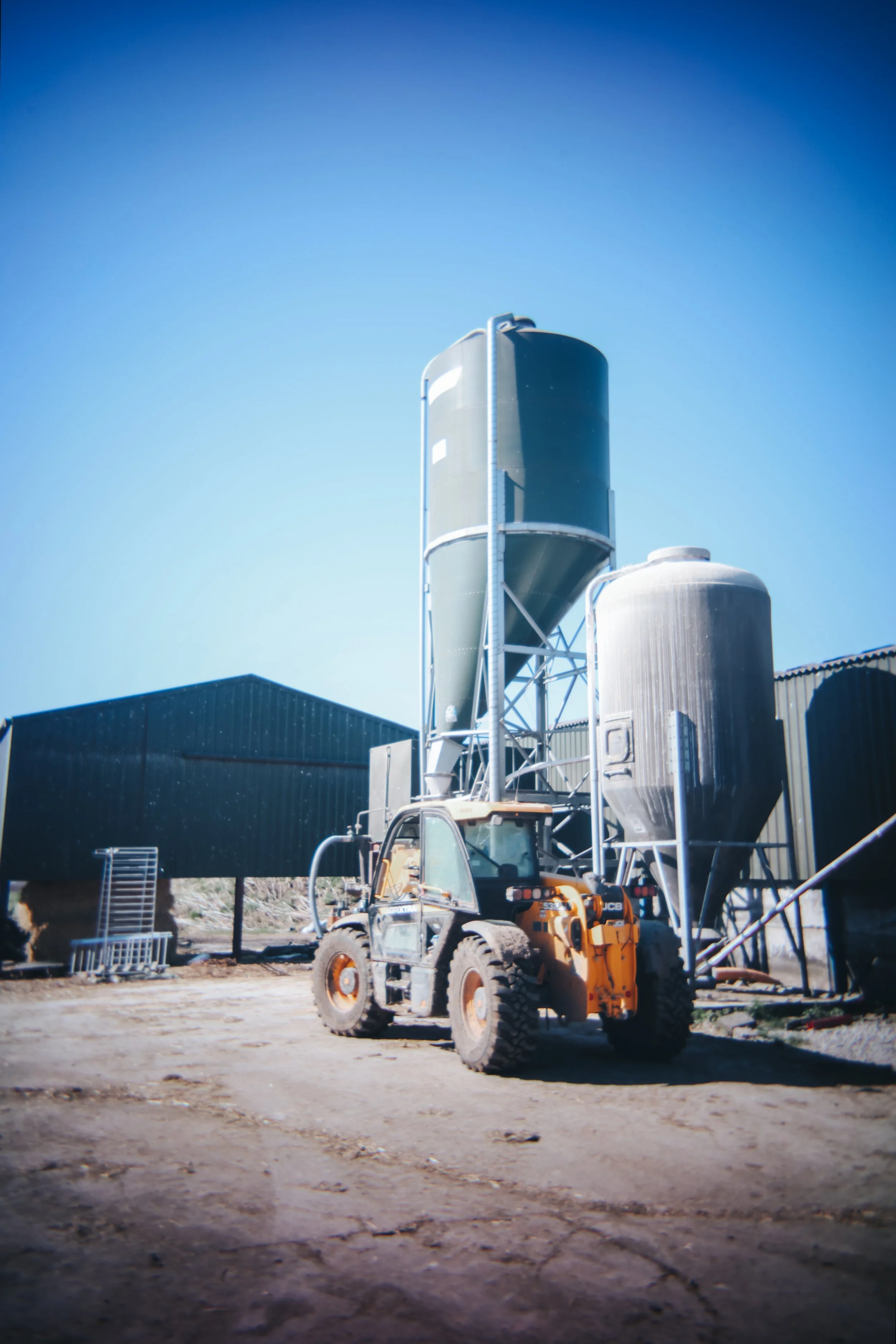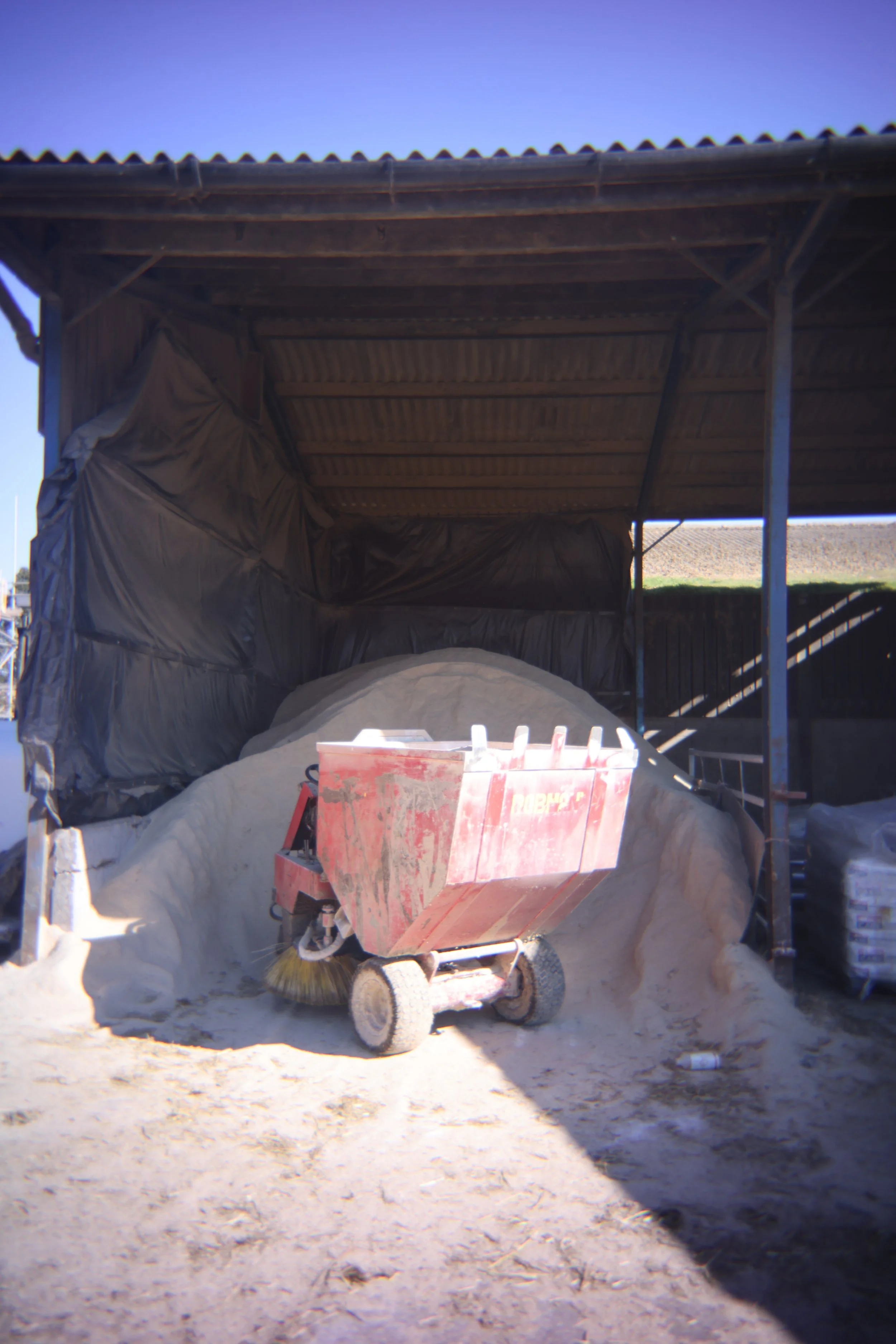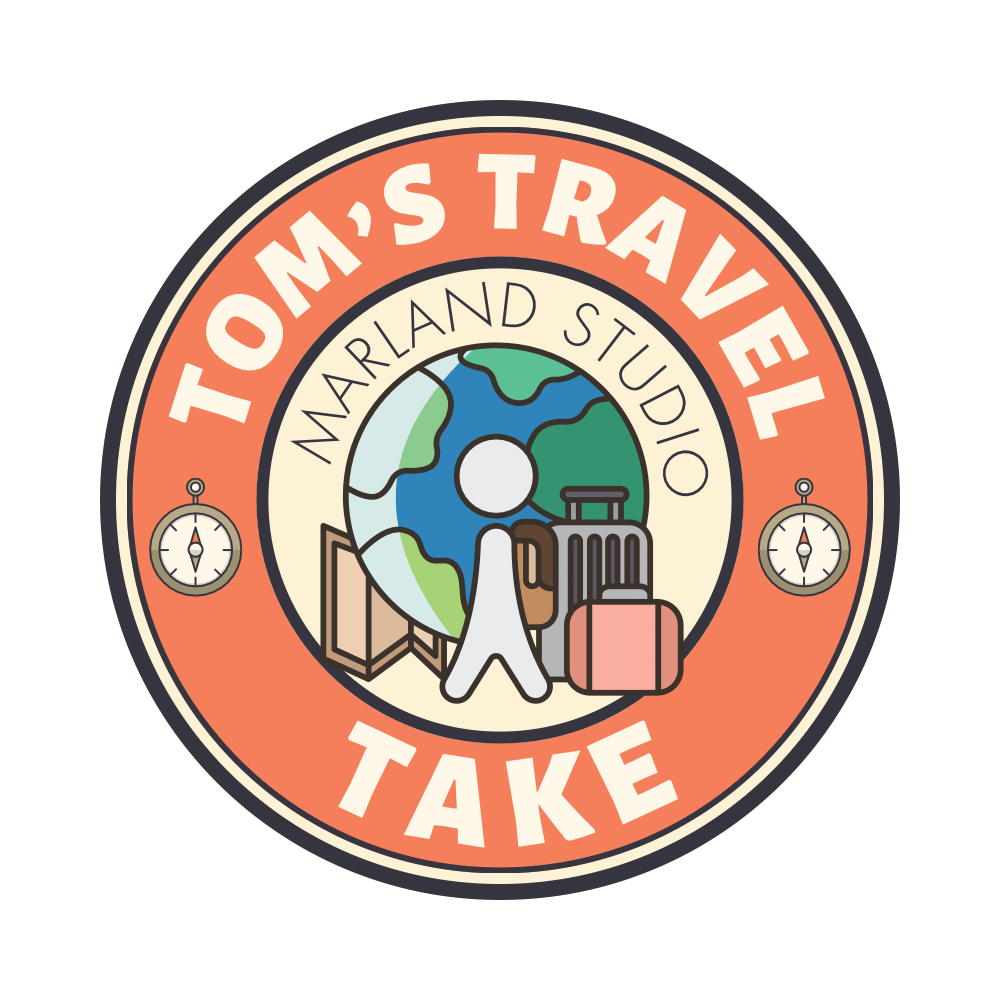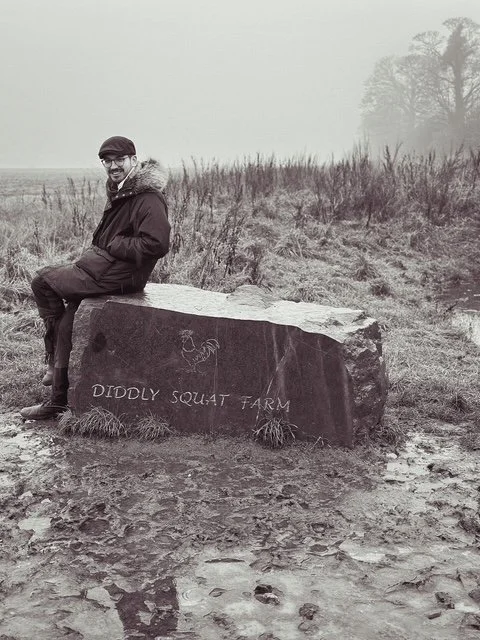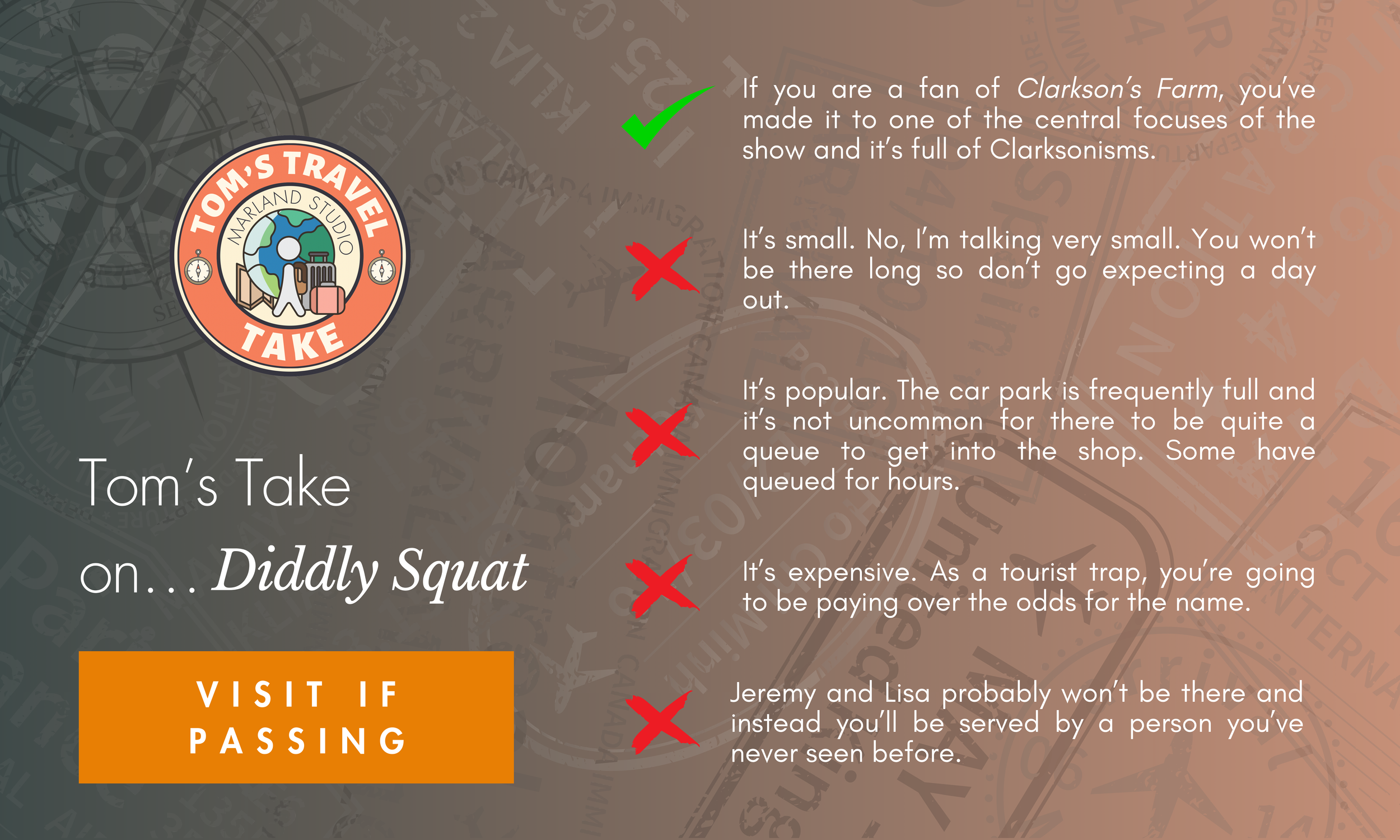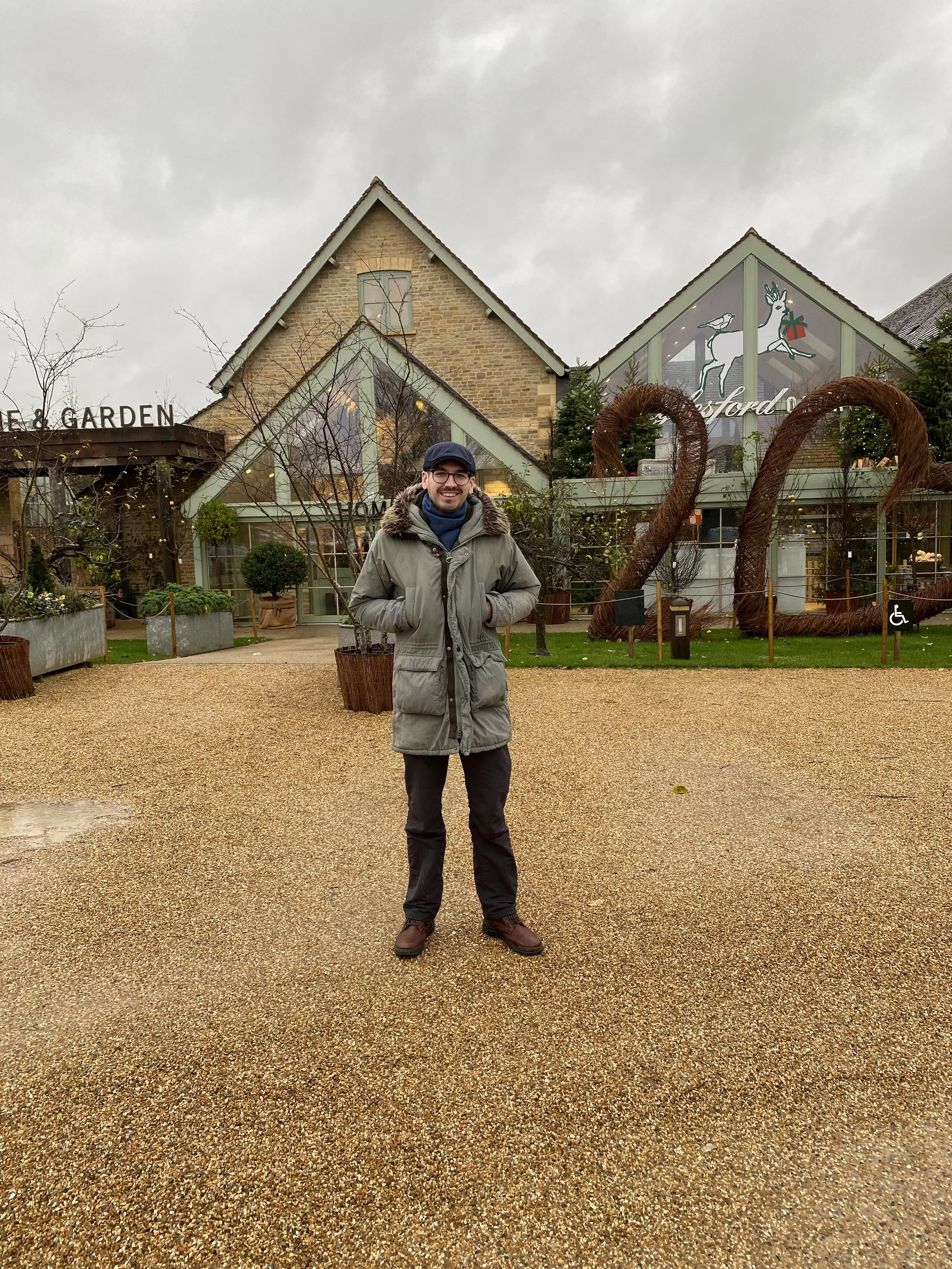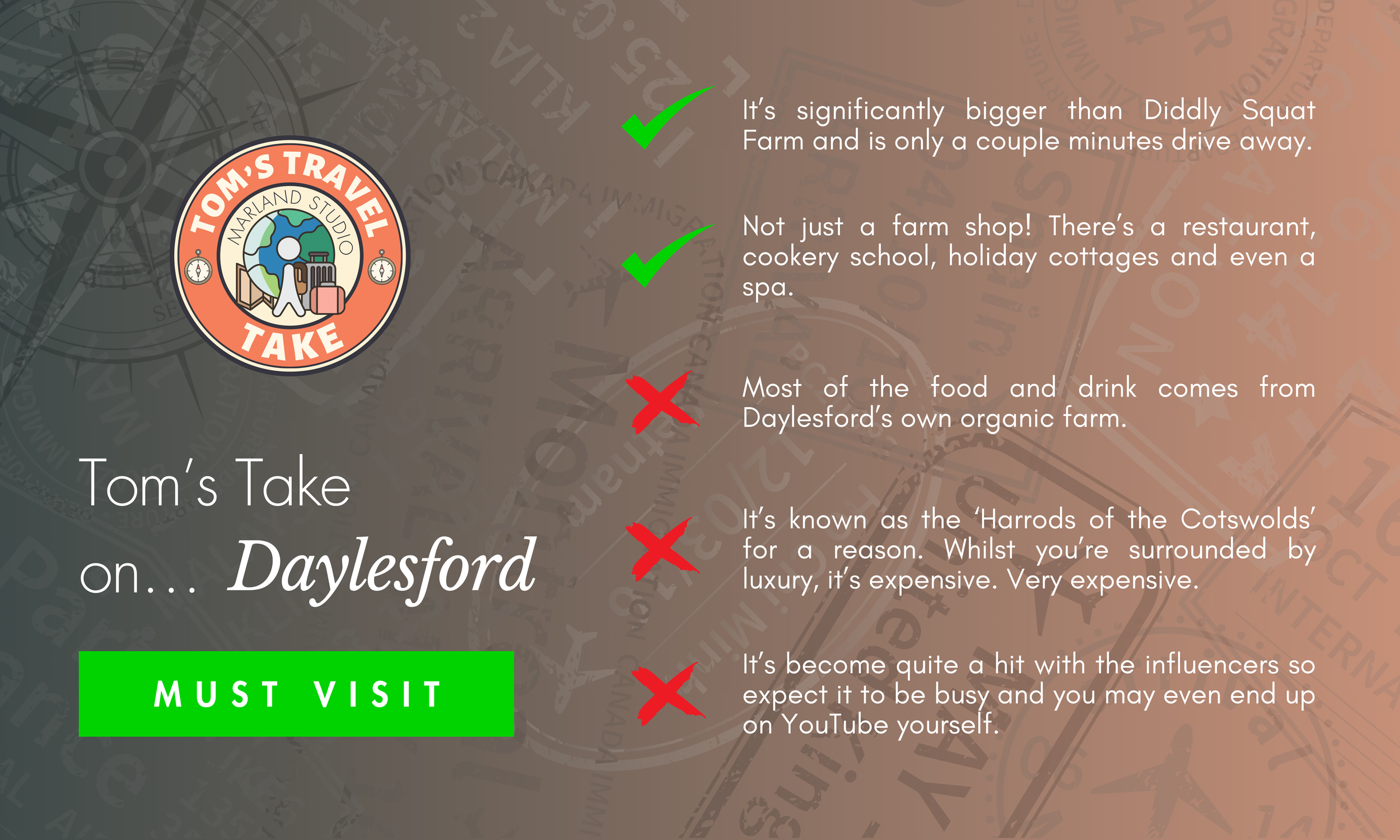The Real Farm
Farming is probably Britain’s toughest industry. Even from the outside, it often feels that everything is working against farmers. Weather, disease, environment, supermarkets, money, nature, development, law, Government. These custodians of the land face battles day-in-day-out just to survive which considering they do the mere job of putting food on our tables, is quite concerning. When there is a spell of heavy rainfall, it affects farmers. When supermarkets only want to buy produce at the lowest cost possible, it affects farmers. When badgers roam free, protected by law, which goes onto infect cattle with Bovine tuberculosis, it affects farmers. When the subsidies are taken away and not replaced, it affects farmers. The list is mind-bogglingly endless. It’s not just the industry that has changed (and I should point out from the very beginning that I am no expert) but the make-up of farmers themselves. A new breed of farmer has come to the fore in the form of celebrity. I mean, if you are a celebrity and you haven’t started your own farming venture yet then you’re not doing it properly in this day and age. Now, talk of farming at the moment is quite a contentious subject depending on your viewpoint. Recent news as stirred the pot quite a bit with some people believing that changes being made in agricultural policy with have a detrimental affect on farming communities whilst others think that the impact won’t be as bad as some are making out. This article might get a little political which is something I don’t usually talk often about openly. Politics is such a maelstrom of toxicity and any form of political expression can sometimes result in you being ‘branded’ for one party or another and all the associated baggage and stereotypes that brings. But, it’s hard not to talk about politics when it comes to agriculture because it is making such an impact on it right now. All the views in this article are mine and mine alone - but I’m keen to hear all viewpoints on a matter as important as feeding an every growing nation on a small island.
My Visit to the Farm
Cheshire, a county which I call my home as many stereotypes. Yes, there are the areas where you’ll find the footballers living their private lives behind the large electric gates in Alderley Edge, Wilmslow and Prestbury - but this is only a small part of our county. We certainly do not all live in houses where it takes you ten minutes to drive from the gates to the front door. Cheshire is a predominantly agricultural county with a rich heritage in farming. You’ll find a variety of different types of farming here but predominantly, you’ll be seeing cattle grazing the green fields on the Cheshire Plain. Dairy is one our biggest producers, there’s a reason why it’s called Cheshire Cheese. In the south east of the country, around the pretty market town of Nantwich you’ll bump into a many such dairy farms, one of which I visited just this month. It starts with my Uncle Dave. Farming has been in his blood for years and he is what you would probably see as being one of the old school style of farmers; immensely practical, he can pretty much make anything you want, fit as a fiddle and despite being in his mid-seventies, he could probably still build you a house single-handedly. I was quite young when he first took me to one of the farms, like many in the industry, Uncle Dave didn’t work on a single farm but would rove around and do work at all of them. I remember it as a beautifully sunny day where the farming team were mowing grass. Not quite like you would in your garden but a mower would first do the cutting. The excess grass would then be arranged into long lines before another machine would come and collect the excess before spurting it out into a tractor and trailer that drives alongside. It was pretty amazing and I still remember it vividly. Fast forward back to March and we’ve been trying to arrange another farm visit for ages. You know how it goes, life happens and all them times you’ve said ‘we must go out for a drink sometime’ and it’s never materialised. But, the dates finally came together and off we went!
Naturally, when visiting a farm I had to wear the new Schöffel Oakham Fleece Gilet so that I could get into the farming spirit and even if I couldn’t tell you the difference between the John Deere RA18 Rigid auger cutting platform and the CLAAS LINER dual-rotor swathers with central swathing, I at least looked the part. The first thing you notice when you arrive at a cattle farm is the noise. Cows are not quiet beasts that’s for sure, with the unmistakable sound of mooing filling the air all around. But, was also a surprise to the ear was the sound of the radio playing at full blast because apparently, cows like to listen to music. What music do they like listening to, I here you say? Well, cows seem to like pop with this particular heard listening to Hits Radio so for the likes of Sabrina Carpenter, you probably weren’t aware that some of your biggest fans are black & white, have four hooves and spend their days eating hay. But, what makes this farm different is the technology that is involved in commercial agriculture in 2025. Long gone are the days of a single person manually milking a herd of three cows, this is a serious business, at scale.
Lely Vector Automated Feeding System
Farming is a commercial enterprise. The calfs may look cute but they are not pets. This is a factory that relies on speed, quality and efficiency so that the maximum amount of product can be produced, at the best possible quality and sold for the best price. Farming is a science as much as it is using traditional methods and at this farm they use technology to help create a production line that runs for longer, that runs quicker and is cleverer than the ways before it. The farm I visited uses an automated milking system. Using modern computer technology, these machines run twenty-four hours a day and require very little human input. Each cow is scanned when it first comes to the farm, its data captured and stored in a small device that hangs around the cows neck. The machine relies on the cows making there own way into the machine when it is time for milking, the neck device allows the machine to know instantly which cow it has in front of it the process begins. An arm first swings underneath the cow and uses lasers to identify the teats and will clean them first, ensuring that cross-contamination is minimised and reducing the overall chances of disease. The machine will automatically then attach itself to the teats before beginning the milking process. All the data is recorded by the computer so you can instantly see how much milk has been taken from the cow. At one point, one cow entered the machine with only three teats (most have four). The computer would instantly know this from the cows unique identification and the machine can adjust accordingly, whilst also manoeuvring to mitigate against the cow which naturally does not stand perfectly still. Impressive. It’s a system I have never seen before and I was amazed at how clever it was but also slightly nervous thinking that if this machine goes wrong, like most technology it’s probably a massive pain to get back working again!
But this isn’t the only bit of nifty tech at this farm. Cows need feeding and this isn’t just grass and hay. With productivity in mind, cows need to be fed a very specific diet which can help them receive all the vitamins and minerals they need, in the correct quantities. Not only doe this impact the quality of the milk produced but it also has a positive impact on the welfare of each of the cows. At this farm, it’s all done automatically, with two robot machines that will follow a pre-programmed track around the farm yard, dispensing the correct food to each of the sheds. When it runs out it is automatically filled by a crane, in another barn, which will load the exact amount of hay, wheat and other food stuffs into the robot before it heads off out again. When you watch the film Interstellar and you see the automated tractors, well that might not be as far off as we think for on a smaller scale, it’s happening today. Everything is planned and executed so precisely it feels like a never ending formula one pitstop.
Clarkson’s Farm
Jeremy Clarkson is a marmite kind of guy: you love or you don’t. I myself would fall into the category of a fan as I was one of the die-hard viewers of old Top Gear before it went a bit wrong. These days you can’t really talk about farming without mentioning his name. He’s one of a long string of celebrities who have gone into the world of agriculture from Calvin Harris to Kelvin Fletcher, JB Gill and even Russell Crowe (From Fame to Farming; Farmers Guardian). His hit Amazon show Clarkson’s Farm is a great piece of entertainment but love him or loathe him, he has shone a light on British Farming that we haven’t seen before. Now, it’s important to watch his programme with a pinch of salt. Yes, in his first year of farming he earned a total profit of £144 - we don’t know the exact details of his farms finances and I’m pretty sure he isn’t stuck for money. It’s hard to say whether his fame has any impact on some of the decisions that are made and he is surrounded by a team who clearly know what they’re doing. When you see on his Instagram for example, when he posts a picture from the sun-drenched shores of the Mediterranean, someone has to be looking after the farm in his absence. I think one of the biggest points that many of us take away from his show is what he would call ‘the red-tape factory.’ The conditions that are put on farmers that can be intensely suffocating. Now, many of the rules that are put in place by the ‘kitchen police’ and the ‘soil police’ are usually there for a very good reason, but some I am not so sure about. It has been well covered about Clarkson’s continuing battle with the now infamous West Oxfordshire District Council. An organisation that has, with great speed and efficiency, dispatched its own public relations image with several well aimed blows. Everyone hates the West Oxfordshire District Council it seems and it’s hard not to be angry. Diversification has become an enormous part of farming. One farm near to where I live has become something of an attraction with a restaurant, farm shop and garden centre. Another has opened up an ice cream parlour. Many farms have set up dairy vending machines so they can at least sell some of their fresh milk for a bit more than what the supermarkets want for their products. Jeremy of course has an instant advantage in that he has a following and has been able to attract instant attention for his schemes in a short space of time. For many of his, seemingly good diversification ideas, which is what farmers up and down Britain are being encouraged to do, he has been stopped in his tracks by the scheming district council. He is limited to stocking products produced within the confines of Oxfordshire, despite Gloucestershire being right on his doorstep. His restaurant idea has been obliterated on several occasions, despite forming a cooperative which would have seen produce not only from his own farm, but from other surrounding farms being served to visitors in the splendour of the Cotswolds. He has even had a farm track rejected, after it was build, which is a rarity. I will let you make your own mind on whether the decisions made by the council were the right ones. For one, I think some of them are crazy. But, what gets me is what impression does this give? A council who is so open to dashing seemingly all diversification plans in such a public manner. It strikes me that it comes across as an authority that has no interest in supporting the agricultural industry and will go to great lengths to make such enterprises more difficult to achieve. It would be interesting to see if the same thing would’ve happened if Jeremy Clarkson wasn’t Jeremy Clarkson. But, I suppose it’s important to mention that Clarkson is far from a saint and even in his programme, he has been quite open about taking advantage of loopholes and I can imagine that if Clarkson doesn’t like a particular rule, he may be tempted to get around it (statement from West Oxfordshire District Council).
It doesn’t appear that things are going to get markedly easier for farmers anytime soon. You will have no doubt seen in recent times the large scale protests in London with the Labour Government’s new inheritance tax announcements. In a nutshell, farmers used to be able to pass down their property, business and assets to the next generation, tax free. Well, in the latest budget, the Government announced that farms with a value of over £1 million would have to pay a 20% inheritance tax. This has sparked a fierce debate which farmers say that this could lead to financial ruin, force next generation farmers to leave the industry and put more strain on an already bled-dry sector. Others believe that farmers shouldn’t be exempt from taxes that have been levied at others for years and that rich farmers should pay their fair share. But, the gulf in farming is vast. In the one moment you maybe on a family farm that has been in the same family for generations where they can be struggling to buy stock, feed, fertilisers, machinery and sell their products for anything like a meaningful profit. On the other hand you have the likes of Clarkson who has built a vast farming empire in a relatively short space of time and you can visit places like Daylesford, the organic farm shop owned and ran by the Bamford dynasty of JCB fame. What is the future of farming with climate change, inflation, a cost of living crisis, Brexit, a war in Europe and barriers to development? It’s quite hard not to be bleak but what you can guarantee is that most farmers will grit their teeth, keep calm and carry on. It’s an admirable trait which gets passed down from generation to generation, but sometimes, grinning and bearing is not always the best thing.
Epilogue
Farming is a fascinating industry of tradition, innovation, science, environment, nature and tractors! It’s an endless cycle of production so that we can cruise up and down the supermarket aisles and select such a variety of foods without having to worry for a moment if it’s safe. Globalisation has meant that food comes from all corners of the globe and seasonal food is not really a thing anymore as you can get it at pretty much whatever time of year you want. But, the next time you walk the supermarket aisles, just think of what it has taken to get your food to there - it’s probably quite a journey.
Diddly Squat Farm Shop
Located on the Chipping Norton Road, pretty much equidistant between Chipping Norton and Chadlington is Jeremy Clarkson’s farm shop. As featured during its construction in the first series and then recurring in the other two, this was Clarkson’s idea of diversification so that he could sell his produce direct from the farm. It is an understatement to say that since the show, it has exploded in popularity with scenes of chaos taking over as droves and droves of people descend on this small, rural site.
Clarkson doesn’t shy away from it’s not so tidy ambience though improvements have been gradually made. The car park for example, is still a gravel surface that will get your car and your shoes caked in dirt so I wouldn’t be too precious about going in your gleaming pride and joy. The car park has very limited space so don’t be upset if you turn up and are struggling to find a space as it’s become quite popular with motoring enthusiasts who flock to the the site to get a picture of their motor parked in front of the sign. The site itself is very small. Trust me, even if you stay to have a burger and a pint of his Hawkstone Lager, you will not be there for any great amount of time. The shop is also notoriously small, but what it lacks in size it certainly makes up in prices with a mug costing £18, a tote bag costing £18.50 and two candles costing £39! As the shop is so small, not many people can fit inside so queues are common and sometimes quite lengthy (prepare for the weather as when we went, it was pouring it down). If you’re expecting to see the man himself and maybe Lisa who is in charge of the shop then don’t go expecting miracles. Whilst he is known to make appearances, it’s quite unlikely that they’ll be there and instead you’ll just have to make do with the knowledge that you’ve stood where Jeremy Clarkson once stood.
Is it Worth Going?
As a fan of Clarkson and the show, yes - I would say it is worth paying a visit, but only if you’re in the area. Don’t forget that you’re in the Cotswolds, one of the most beautiful places in England, so there is plenty of better places to explore. It’s not worth the battle for a parking space or to queue for hours to get into the shop as most of the products are for sale online anyway for the same exorbitant price so you won’t feel left out. Don’t buy food at the farm either as there are many other places to get great quality, local food for less. All I’ll say is pay the site a visit, get your photographs and take in the atmosphere, get in your car and move on, there’s so much more to see!
Daylesford Organic
Some call it the ‘Harrods of the Cotswolds.’ Daylesford has become quite synonymous with one word in particularly… expensive. Not far outside of Stow-on-the-Wold, the first thing that really took me by surprise when I first visited Daylesford was its size. It truly is a big site. I was first alerted to Daylesford by a friend whose parents lived if the fabulous nearby village of Broadway and I was more than forewarned about what to expect. It certainly gives you the sense of luxury in cart loads.
Founded by Carole Bamford, wife of Lord Anthony Bamford and King of the JCB excavators dynasty, money is not in short supply when it comes to Daylesford and its heritage. It is a truly, lovely place to wander around with everything from wine and homeware to gardening to wine to gifts and, did I mention the wine? But for most mere mortals, looking is as far as you’ll get as a jar of mint jelly will set you back £8.50, a small spring garden candle costs £47 and a picnic hamper will cost a whopping £200!
So, similarly to Diddly Squat Farm Shop, I will urge you to visit this place and wander around and dream of what you’re next Tesco shop will look like when that Euromillions ticket wins you a fortune. It’s the perfect place to gander when the weather is bad and there’s a coffee shop. But, when you visit, just remember to smile. It’s become enormously popular with influencers so and you may see the odd person appearing to talk to themselves all in the name of social media and you may even appear on YouTube yourself. Just don’t forget to take that all important Instagram photograph at the from because we’ll all then know that you’ve made it.
# B A C K B R I T I S H F A R M I N G

